Do you wonder why your campaigns do not convert the way you want them to? Consider not just the product or service but also the timing. 60% of online consumers expect brands to deliver exactly what they need when they need it. This is where micro-moment marketing comes in.
Here, we will show you how to transform passive browsing intent into successful brand engagement. You will have a clear roadmap to leverage a micro-moment marketing strategy so you can reach customers at the right time with the right message.
Let’s get into it.
What Is Micro-Moment Marketing & Why Should You Know About It?
Micro-moments are brief, intent-driven moments when people turn to their mobile phones to learn, do, find, or buy something. Google breaks these critical micro-moments into 4 types:
- I want to know (search for answers or learn new)
- I want to go (look for nearby locations or directions)
- I want to do (look for a how-to guide or step-by-step tutorial)
- I want to buy (compare prices or research before purchasing)
Why should you know about this?
Micro-moments are high-intent opportunities. If someone searches for “best running shoes for flat feet,” it shows they are close to making a purchase. This lets you deliver relevant, timely offers, which increases your conversion without spending much on marketing ads.
10 Proven Tactics To Leverage Micro-Moments To Level Up Your Digital Marketing Strategy
Consider your target audience’s search behavior patterns and create a list of the micro-moment tactics to optimize first based on it.
1. Map Out Specific Key Moments Of Customer Intent
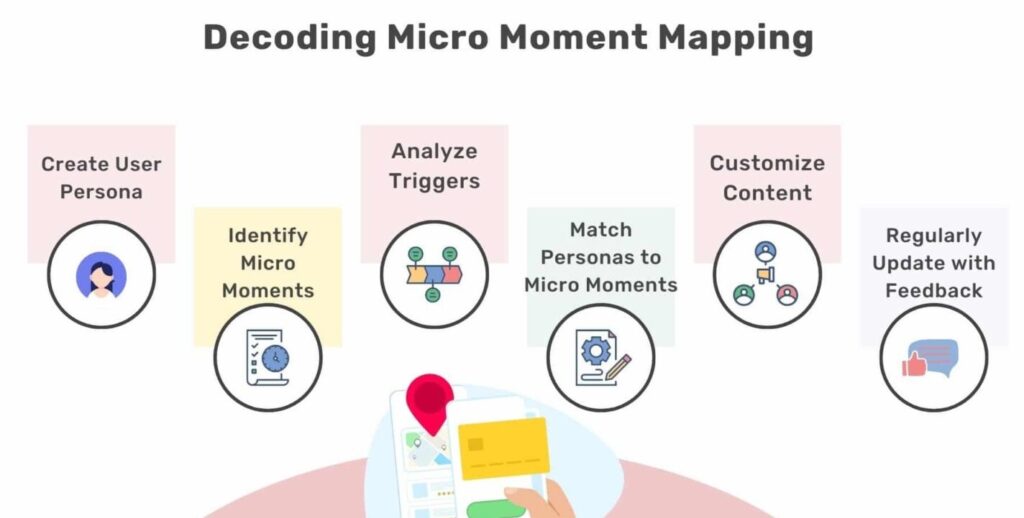
Micro-Moment Marketing – 1
Identifying intent helps you focus on delivering micro-content, like quick hacks and infographic snippets that are relevant and helpful rather than intrusive. This makes sure customers relate to your brand and makes you a trusted authority.
Here is what you need to do:
Figure out when your customers are most likely to act based on their behaviors or actions. Track the signals they give you on your website, emails, or social media. These include:
- Clicks on your ads or website links
- Sign-ups for a free trial or newsletter
- Searches for specific products or services
- Request more details about a product or service
Once you are done, use Google Analytics to gauge where your traffic comes from and which pages are popular. Monitor specific searches that show intent, like “buy,” “best,” or “near me,” to identify consumer behavior patterns and trends.
Identify these moments and provide quick, relevant content or solutions that speak to your audience’s immediate needs. This quick action builds trust and positions you as the go-to brand when they are ready to act.
2. Target On-The-Go Customers With Quick, Bite-Sized Content
Customers do not have much time to read long articles or watch lengthy how-to videos. You can offer short, engaging content they can quickly consume to capture their interest and deliver your message without the need to overwhelm them. These can include:
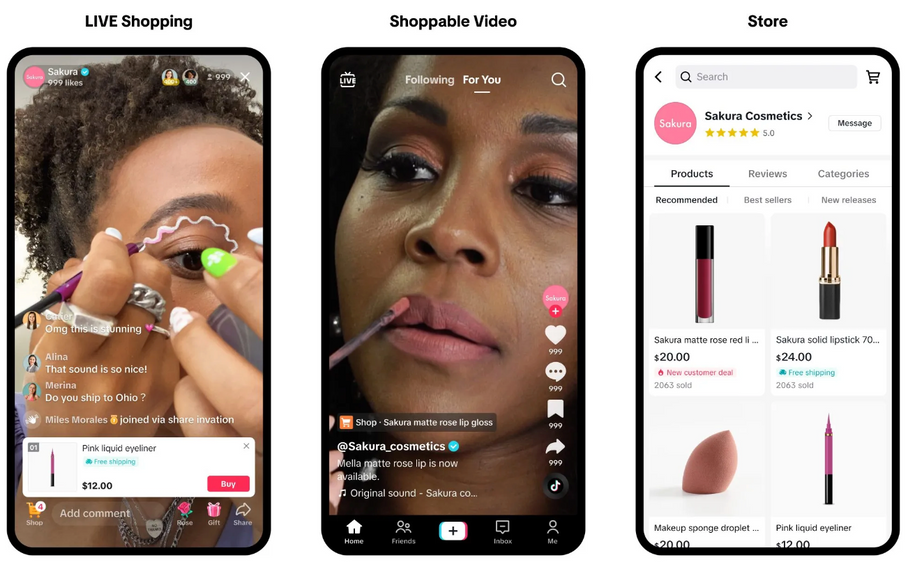
- Quick videos
- Short-form social posts
- Infographics with key stats or facts
- Concise product or meta descriptions
- Snackable blog posts or email snippets
Here’s how to create bite-sized content:
Focus on your core message and keep it as concise as possible. Use visuals, bold text, and short, punchy sentences to grab attention fast. For social media, write short but impactful captions. Use emojis and hashtags to engage more.
For videos, provide a quick solution to a customer’s problem or highlight a key feature of your product. You can also make complex information simple with key formats like infographics. The goal is to fit your message into their busy schedule so they can decide if they want to learn more or take the next step.
3. Capture “I-Want-To-Buy” Moments With Time-Limited Offers
64% of shoppers buy when they find offers like discounts or flash sales. This creates a sense of urgency for the “I want to buy” moments because people will purchase if they feel they miss out on a great deal.
To do this, you need to include the key phrases:
- “Only 24 hours left to save 20%!”
- “Hurry, only 10 items left in stock!”
- “Act fast! Flash sale ends at midnight.”
Keep your offer easy to access, like a 1-click link or a call-to-action (CTA) button. You can also use a custom countdown timer to show how much time is left (before your offer expires).
4. Create Actionable Guides Or Tutorials For I-Want-To-Do Moments
“I-Want-To-Do” moments happen when customers want to complete a specific task but are not sure how. Easy-to-follow guides or tutorials help them complete the task. When you give them clear instructions, you become a trusted resource and help with their next challenge.
To start, provide quick guides or videos that teach customers how to do something they want to accomplish. These include:
- How-to articles or blog posts
- Quick setup guides for your product
- Video tutorials showing the process
- User tips or case studies with real examples
Next, break it down into easy steps and keep your instructions clear and simple. Use visuals, like screenshots or video clips, to help them understand it better. Keep video tutorials in 3-5 minutes, and make the content easy to find. Post it on your website, share it on social media, or send it via email.
5. Optimize Your Site For Featured Snippets & “People Also Ask” In Google
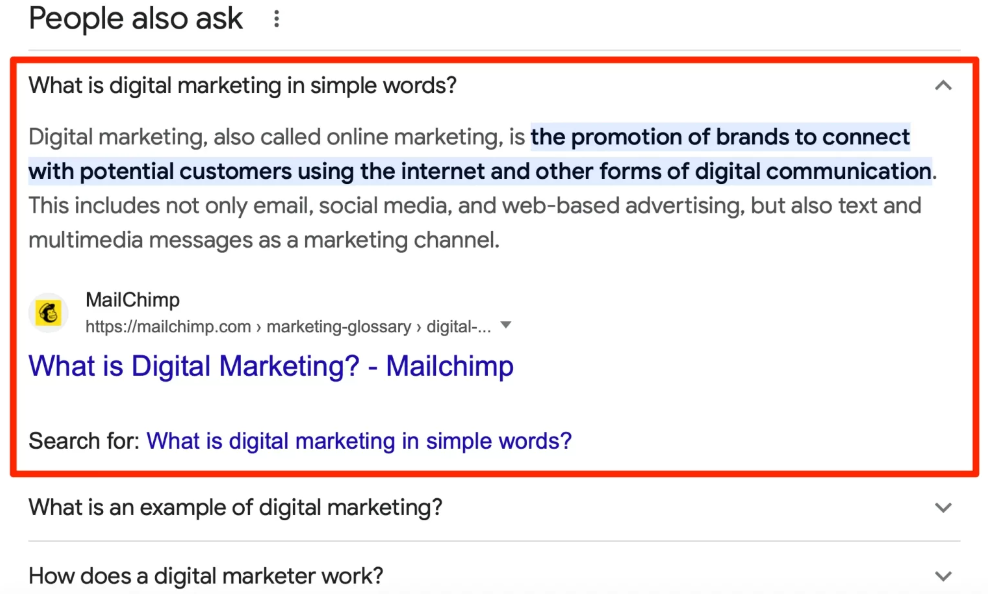
Featured snippets get 8.6% of all clicks, and making your post appear in the “People Also Ask” section in search engines (like Google) gives you a chance to appear at the top of the page. This will increase your visibility and drive more traffic to your site, especially those looking for fast answers to key questions.
To target featured snippets, provide clear, well-structured answers to frequently asked questions (FAQs). Here is what you need to do:
- Answer common questions in 2-3 sentences.
- Use keywords that are commonly searched for.
- Use numbered lists to make the information easier to scan.
- Format content with headings and bullet points that match user queries.
To find questions related to your topic, use Google’s “People Also Ask” feature to discover what smartphone users are searching for and use them for your content. This helps make sure your content aligns with the type of digital marketing advice Google wants to feature.
6. Use Location-Based Ads Based On User Search Intent
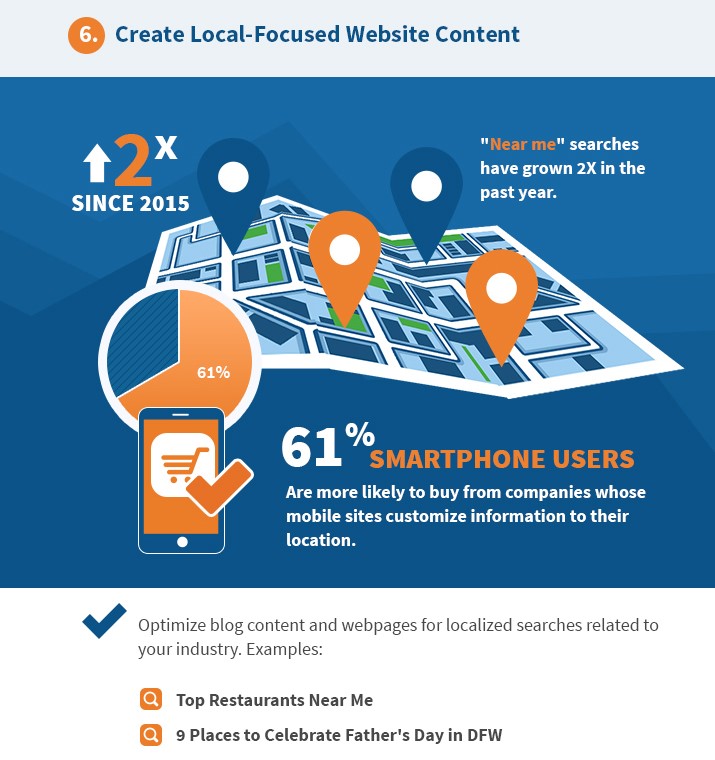
Location-based ads allow you to target customers who search for products or services near their location. People will likely act when they see relevant offers in their area, like when they are looking for nearby stores, services, or special deals.
Here’s what you need to do:
- Use Google Ads or Facebook Ads to show ads based on a user’s current location.
- Add location-based or specific keywords, like “near me,” “in [city name],” or “best [product/service] in [your area]” to identify mobile search intent.
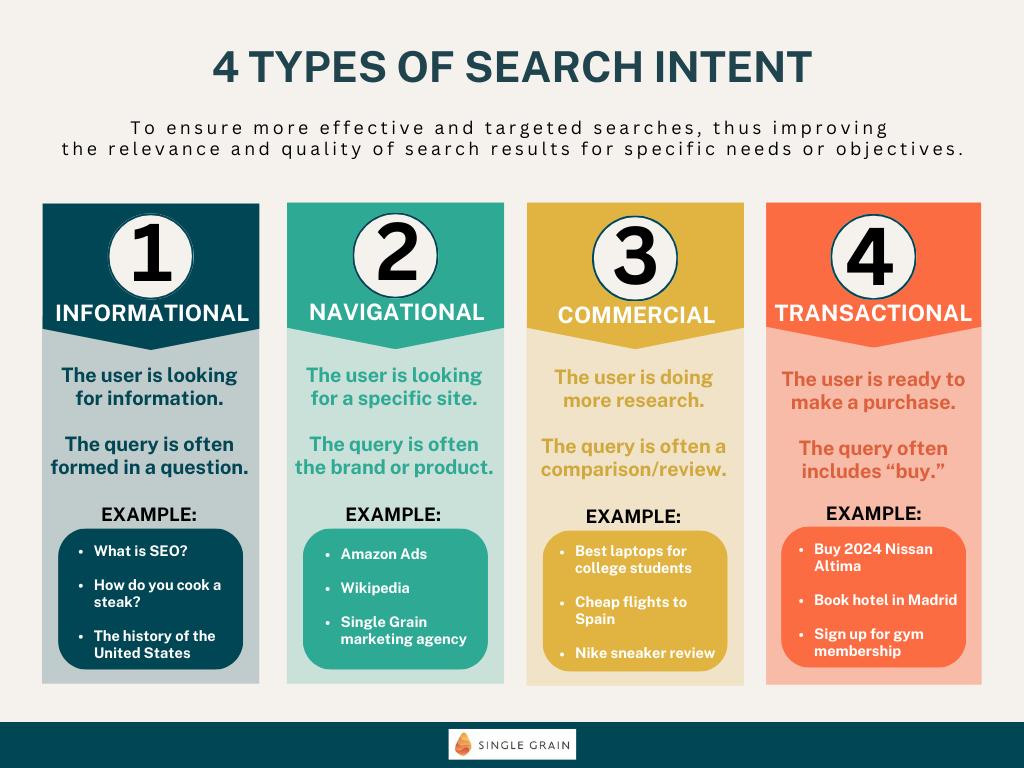
Here’s how to set up location-based ads:
- Set the right targeting. On Google ads, use the “Location Targeting” feature to focus on specific geographic areas (cities, regions, or a radius around a certain address).
- Create relevant ad content. Make sure your ad has a clear call-to-action, like “Visit us today!” or “Order now for delivery in your area.”
To maximize your results, work with web design agencies to optimize your web design to make the user experience as seamless as possible. They have the needed expertise in modern technologies and user-centric designs that can integrate into WordPress, Shopify, or custom-built solutions.
7. Maximize Engagement With Voice-Activated Searches
Voice-activated searches use smart devices like virtual assistants or smart speakers to find information through spoken queries. These searches are becoming popular to look for quicker, hands-free ways to interact with their mobile devices.
Make sure your voice searches are conversational and show clear intent, like finding local businesses, answering immediate questions, or making purchase decisions quickly. Customers who use voice search are closer to acting or purchasing.
Here’s how to maximize customer engagement:
- Optimize for natural language queries.
- Target long-tail keywords with question phrases.
- Improve site speed and make sure it is mobile-friendly.
- Answers the common “who,” “what,” “where,” and “how” queries.
8. Make It Easy For Customers To Compare Products & Prices
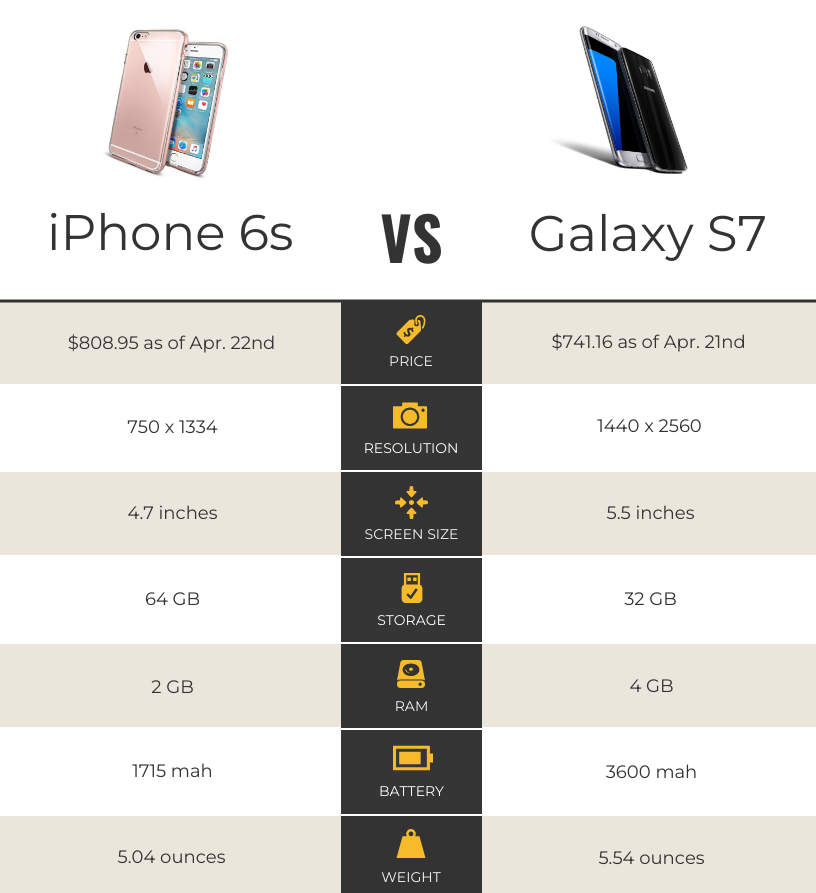
90% of consumers compare prices before making a purchase. It reduces friction in the customer journey and positions your brand as helpful and reliable. Customers who feel informed are more likely to complete their purchase.
Here are key comparison elements to consider:
- Price points
- User ratings
- Product features
- Available options
To do this, optimize your website and content for voice search with natural, conversational language. You can:
- Focus on speed. Voice search users expect quick responses, so make sure your site loads fast and provides immediate value.
- Answer questions directly and clearly. Voice searches tend to be question-based, so include FAQs or direct answers in your content.
- Use long-tail keywords and phrases that people are likely to speak, like “Where can I find the best coffee shop near me?” instead of “nearest coffee shop near me.”
To make your content voice search-friendly, follow these:
- Use clear headings to organize content and make it easy for voice assistants to pull as a snippet response.
- Focus on local SEO. Make sure your name, address, and contacts are accurate and consistent across platforms.
- Write content as if you are talking to someone. Voice queries are more conversational, so avoid overly formal or keyword-stuffed phrases.
- Update your Google My Business profile. Keep your business name, address, and phone number up to date to improve visibility in voice search results.
9. Predict Consumer Intent Using Behavioral Analytics & AI
Behavioral analytics and AI help businesses understand how customers act online, like what they browse, what they buy, and what they search for. Look at these patterns to predict what customers want next and offer personalized experiences that match their needs.
For example, if a customer searches for product list reviews like these quality mattresses for 2025, you can use this intent signal to tailor their experience. Use predictive analytics to estimate the buying window, click behavior, and browsing time. If customers purchase within a week of this search, offer limited-time discounts or free delivery to engage with them in a more relevant and timely way.
Here are key tactics to consider:
- Monitor page visits, time spent on pages, and cart abandonment to understand what interests your audience.
- Personalize content and offers. Deliver personalized product recommendations based on predicted intent to increase the chances of search ad conversions.
- Predict future actions. Use AI-powered tools to predict actions like purchasing, signing up for a newsletter, or requesting a demo based on past behavior.
- Use data to group consumers based on their behavior and intent. Create content or targeted campaigns for different segments (ex. new visitors or repeat buyers).
10. Partner With Micro-Influencers To Amplify Brand Awareness
With 207 million content creators globally, micro-influencers stand out with a smaller but highly engaged following (10,000 – 100,000 followers). Their audience trusts their recommendations, which makes their endorsements feel authentic and relatable.
Unlike celebrities, micro-influencers focus on specific niches. This allows you to target the right audience. Plus, they are cost-effective, typically $20-$1,000/post, and provide up to 6x higher engagement rates.
Once everything is good, here is what you need to do next:
- Outline your campaign goals, key messages, and deliverables.
- Use specific content guidelines, posting schedules, and hashtags.
- Build rapport before pitching content ideas or goals you want to collaborate with.
- Follow their profiles and interact with their posts by liking, commenting, or sharing.
- Use these business networking tools like Blinq and Clay to find influencers who align with your brand values.
Micro-influencers will help you amplify your brand’s reach by connecting with their engaged audiences. Just be sure to be authentic and target your specific niches. This way, you build trust, drive awareness, and boost conversions that resonate most with your target audience.
3 Best Examples Of Companies That Use Micro-Moments
Pay attention to how these brands use micro-moments to connect with their customers and see how you can personalize your approach to match your core needs.
I. Starbucks
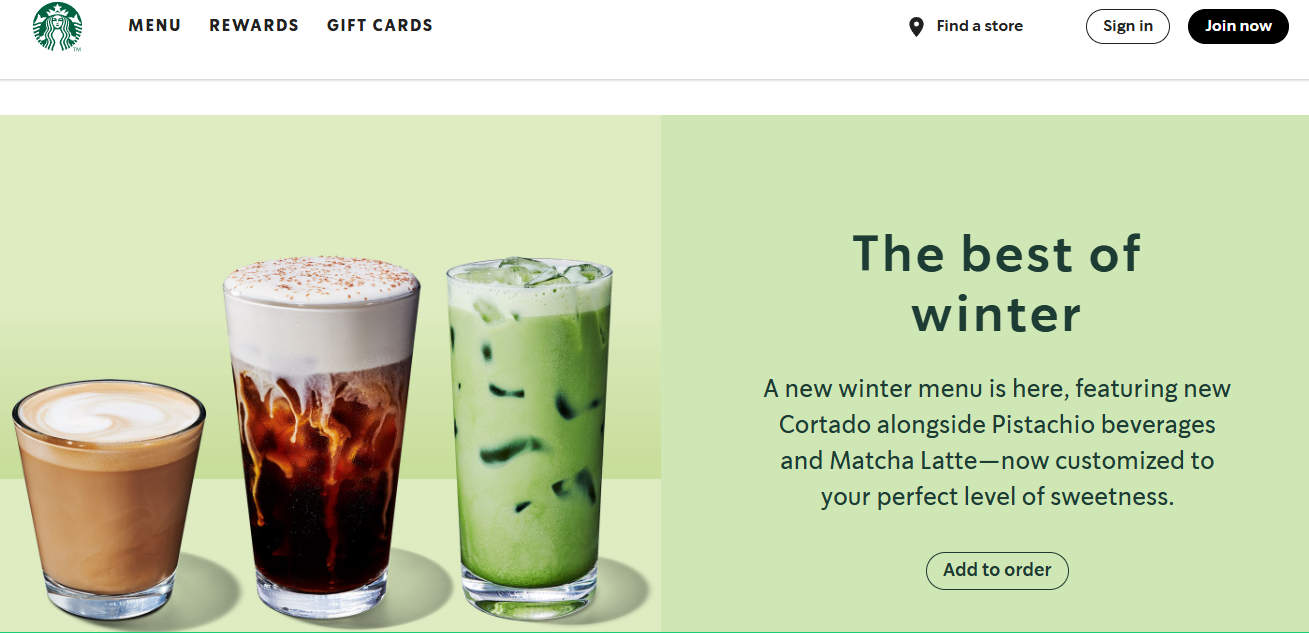
Starbucks focuses on providing a comfortable, premium experience for customers while offering a loyalty program and mobile app for easy ordering and rewards. Through its app, Starbucks creates an effective way to engage customers they crave the most.
Here are ways how Starbucks uses micro-moments:
- Targets on-the-go moments with quick ordering options.
- Uses geo-fencing ads when customers are near a store.
- Personalize drink recommendations based on past orders.
- Allows mobile ordering options to skip the line and do faster service.
- Features rewards for sustainable purchases, like using reusable cups.
II. Amazon
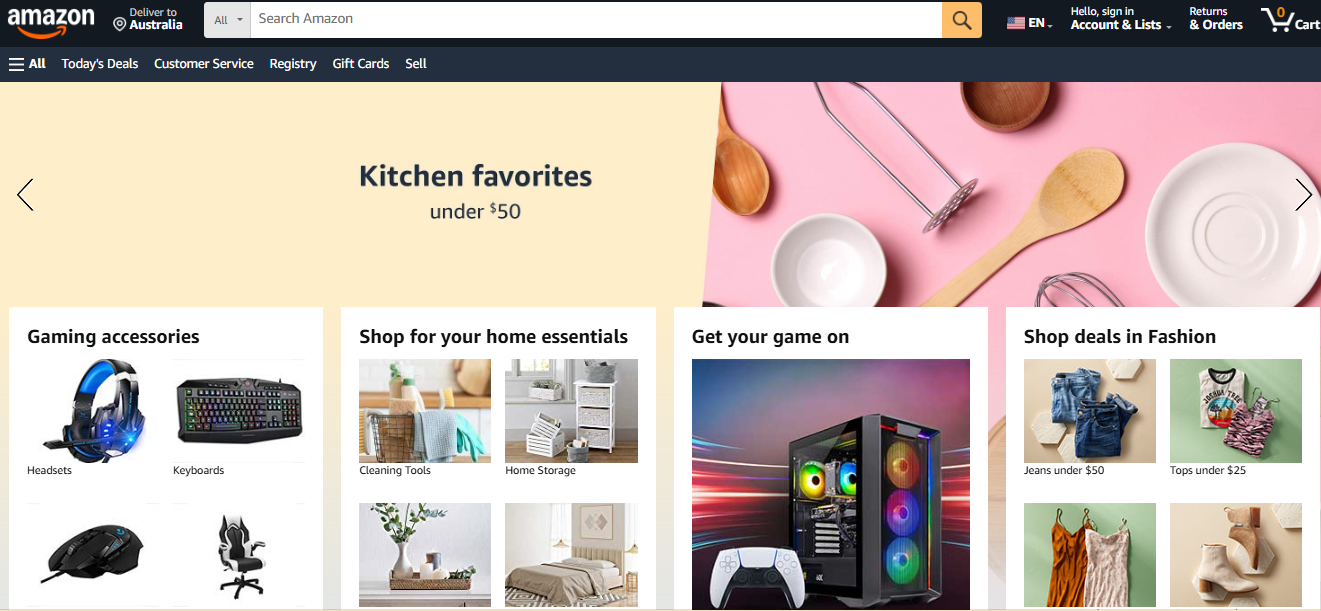
Amazon is known for fast deliveries and a customer-focused approach that makes online shopping easy and convenient. What makes Amazon stand out is its support for hands-on users with tutorials, how-to guides, and instructional videos via Amazon’s product pages and Alexa.
Here are ways it uses micro-moments:
- Speeds up delivery with same-day and 2-day Prime options.
- Simplifies purchases with 1-click ordering for quick transactions.
- Recommends products tailored to browsing and purchase history.
- Provides detailed product pages with reviews, Q&A, and comparison tools.
III. Sephora
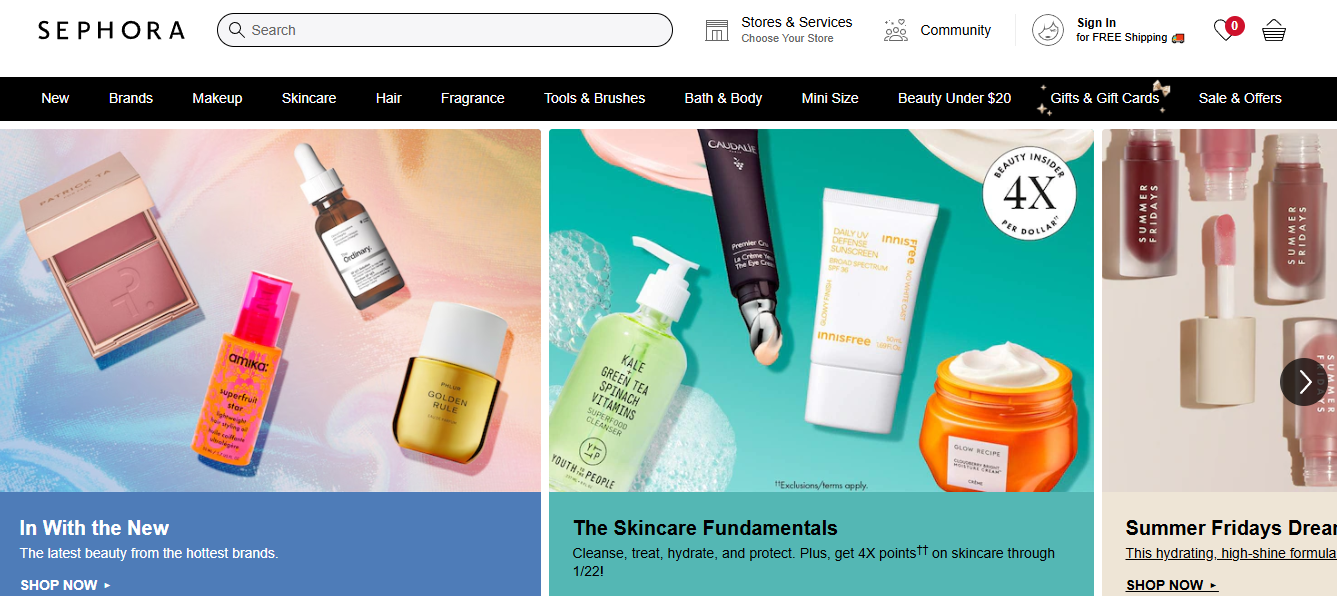
Sephora is a global beauty retailer which offers a range of makeup, skincare, and fragrance products. Its innovative approach to beauty shopping combines in-store experiences with digital tools to engage customers.
Here are the key strategies they use:
- Sends geo-targeted ads to attract nearby shoppers to visit stores.
- Improves in-store experiences with virtual try-on tools via the app.
- Provides instant beauty tutorials for “how-to” moments directly in the app.
- Offers exclusive discounts and rewards through the Beauty Insider program.
Conclusion
As you wrap up here, take a moment to think about a specific micro-moment where your brand truly makes an impact. Is there a common question your customers search for, like “How do I choose the right product?” Identify that moment and take 1 actionable step with a how-to guide or a short video ad to address their needs right when they have them.
ShortDot will help you amplify these decisive moments with domain extensions like .icu or .bond. These domains are perfect for creating easy-to-find websites that can impact your Google rankings. Ready to get started? Get in touch with ShortDot to find the right domain for your next big marketing game.
Author Bio:

Burkhard Berger is the founder of Novum™. He helps innovative B2B companies implement modern SEO strategies to scale their organic traffic to 1,000,000+ visitors per month. Curious about what your true traffic potential is?
Gravatar: vip@novumhq.com
